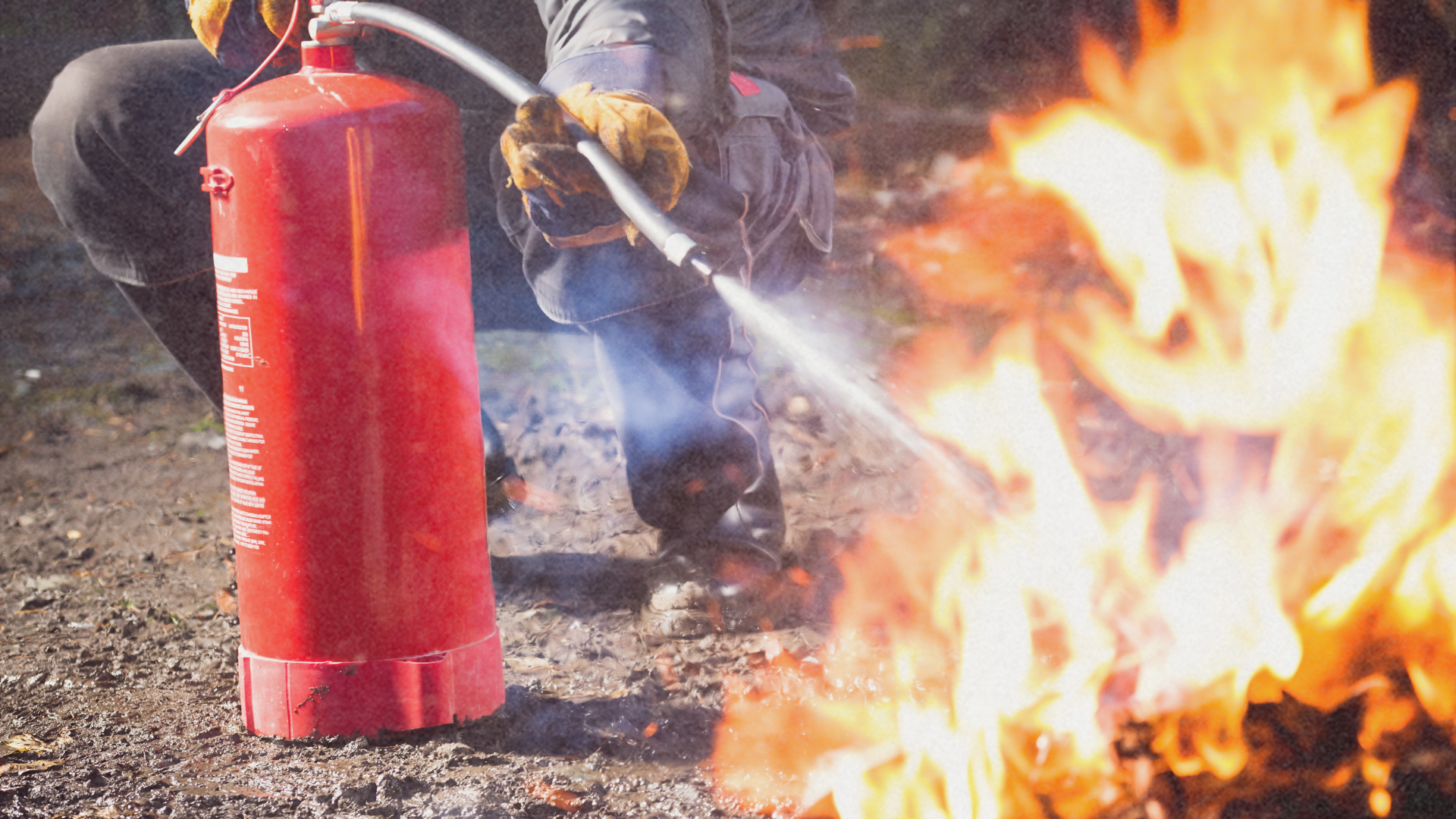Because of rising temperatures due to summer heat, the risks of heatstroke have increased.
The Department of Health said heatstroke is the most severe form of heat illness when the body overheats. Heatstroke prevents the body from taking off the excessive heat through sweating because of dehydration and/or humid environment.
The DOH has issued an advisory against heatstroke at the start of the summer season.
The causes of heatstroke, the DOH said, are the following:
• Hot and humid weather
• Vigorous exercise in hot weather
• Dehydration
• Too much direct exposure to the sun
The signs of heatstroke are the following:
It may start with the following signs of heat exhaustion:
• Warm, flushed skin
• Faintness
• Dizziness
• Weakness
• Headache
It may progress to an emergency condition of heat stroke:
• Very high fever of 41 degrees Celsius
• Rapid heartbeat
• Convulsion
• Delirium
• Unconsciousness
Heatstroke may be prevented through:
• Limiting the amount of time you spend outdoors.
• Drinking plenty of water. Avoid tea, coffee, soda and alcohol.
• Wearing a wide-brimmed hat and long-sleeved clothing when outdoors.
• Scheduling heavy-duty activities for the beginning or end of the day, when it’s cooler.
The treatment for heatstroke are the following:
Emergency measures:
• Move the person to a shady spot or indoors and have them lie down with their legs elevated. If they’re conscious, have them sip cool water.
• Remove clothing, apply cool water to the skin and fan them.
• Apply ice packs to the armpits, wrists, ankles and groin.
The DOH emphasized that heatstroke is a medical emergency. The agency said it is best to bring the patient immediately to the hospital after instituting emergency measures.





